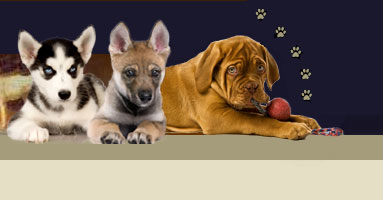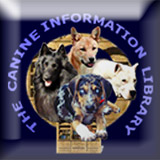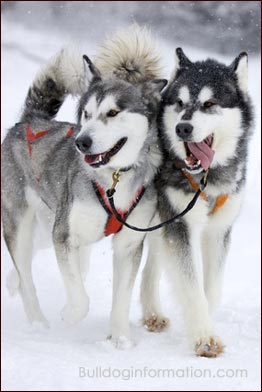The
Canine Information Library 2003-2010 © All rights reserved by CanineInformationLibrary.com and Caninebreeds.bulldoginformation.com.
Original idea, design and development by Catherine Marien-de Luca. Photos of upper right corner (from left to right) Husky pup and European wolf cub by Eric Isselée, Bordeaux dog with ball by Paul Cotney. No part of Bulldoginformation.com and Canininformationlibrary.com may be copied, distributed, printed or reproduced on another website without the owner's written permission.









